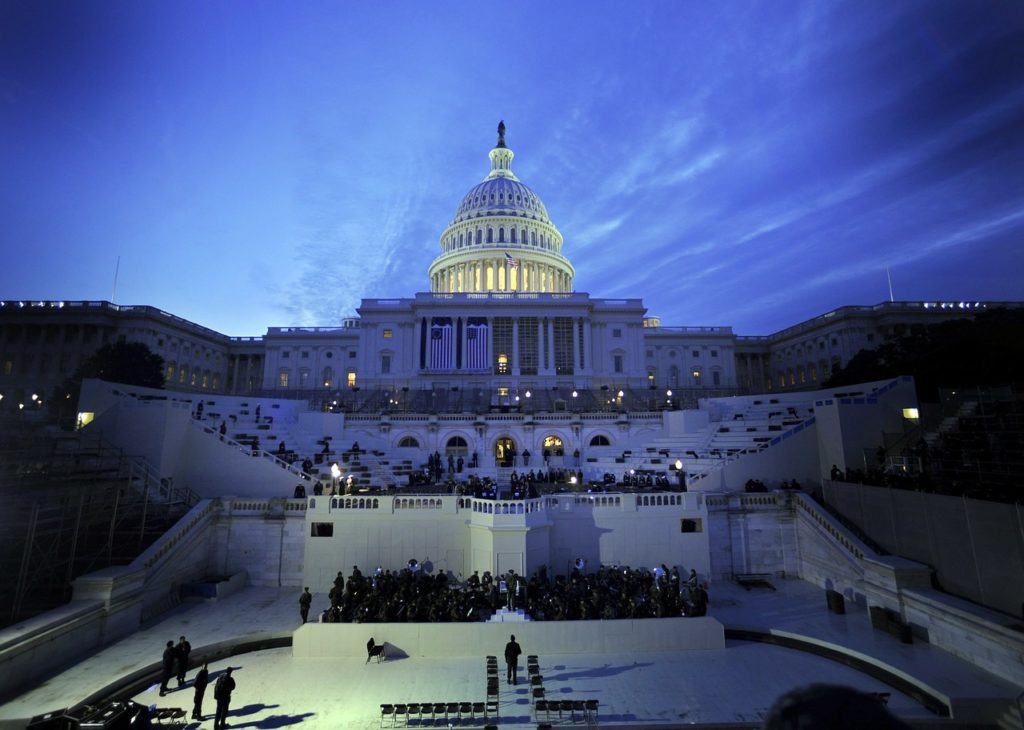The U.S. Centers for Medicare & Medicaid Services’ (CMS) recently proposed rule for 2021 hospice payment and Conditions of Participation contained no surprises, reflecting a business as usual approach that contrasts with the significant changes that were implemented for the 2020 fiscal year.
The agency has called for a 2.6% payment increase for 2021 that would total an additional $580 million for the Medicare Hospice Benefit and a corresponding raise to the annual payment cap to reflect the higher amount. This would bring the cap to $30,743.86, up from the 2020 cap of $29,964.78, to reflect the payment increase.
The pay raise, which adjusts for inflation, comes at a time when hospice providers’ financial resources are strained by expenses associated with the COVID-19 pandemic, such as rising prices and increased demand for supplies as well as paid leave for staff who were exposed to the virus, amid other costs.
“The money coming from this update in the rate is guided by the statute. So even if CMS wanted to give more, this would probably not be the vehicle for that,” Judi Lund Person, vice president for regulatory and compliance for the National Hospice and Palliative Care Organization, said. “When we are looking at additional money for [personal protective equipment] or for providing care to COVID patients, that’s probably going to come from other sources like the CARES Act.”
In the prior year, CMS rebased payments for hospice providers, reducing the pay rate for routine home care with a corresponding increase to payment amounts for continuous home care, general inpatient care and inpatient respite care. The 2020 regulation also required hospices to provide an election statement addendum listing the rationales for items, drugs, and services that the hospice has determined to be unrelated to the terminal illness and related conditions to the patient or patient’s representative, as well as any other providers caring for the patient and to Medicare contractors.
The newly proposed rule included a model election statement and model addendum to guide providers on how to effectively meet those requirements. Due to the complexity of determining which services pertain to the terminal diagnosis and which do not, many hospices were concerned about the feasibility of meeting this requirement when it was introduced last year.
Even with the new examples, hospices may need further clarification on the election statement requirements.
“The worry is that the sample form may not go far enough, and we want to make sure that it’s not overly burdensome for providers and that it’s not overly burdensome for patients,” Person said.
One thing that may indeed change for 2021 is the use of the White House Office of Management and Budget’s (OMB) statistical area delineations that were made public in September 2018. These delineations determine whether a county is considered rural or urban, and so forth.
If this becomes final, CMS would apply a 5% cap on any decrease to the wage index used to calculate hospice payments.
“Every county in the nation is classified by the OMB as either urban or rural, based on information from the U.S. Census Bureau. Back in 2018, we saw some counties change from their status as a rural county to being connected to some core-based statistical area or reclassified as an urban area and vice versa,” Person told Hospice News. “It’s really based on where the population lives and where they work and what the commuting patterns look like.”



